

Behind the Atelier is a fashion-focused series that examines the unique backstories and design processes behind the fashion industry’s most captivating talents. Pulling back the curtain on each designer’s creative space and practice, Behind the Atelier provides an inside look into the industry’s most exciting names.
For the 18th installment of the series, Hypebae sat down with Sam Boakye, Ghanaian-American designer and founder of New York-based brand Kwasi Paul to take us behind the scenes of his design space in Queens, New York. In a candid conversation with the trailblazing talent, Sam shared how he first nurtured his natural inclination towards fashion with the help of his friends and family, the intentional ways he injects his love of music into his creative craft, and how Kwasi Paul’s designs bring the beauty of Ghanaian culture and community to the forefront of fashion.

Surrounded by the sights and sounds of the African markets tucked away in Lefrak City, Queens, and brought up by his Asante family, Bronx-born Sam Boakye grew up immersed in Ghanaian culture despite living thousands of miles away from his motherland. From his first footsteps to his adolescence and adulthood, Sam soaked in the rich history and heritage of the West African country, cultivating strong ties to his culture. As his parents, of the Asona and Agona tribes of Ghana, passed down cultural traditions and customs, they also bestowed their innate creative interests on the innovative artist. The rising designer developed a deep affection for fashion through his mother—who was a former student of the Fashion Institute of Technology—and discovered music of all genres and backgrounds from his father. His parents’ devotion to ensuring his metropolitan upbringing, inspired Sam to name his brand Kwasi Paul to honor his parents.
Following his undergraduate education, the first-generation Ghanaian-American traded the pulsating East Coast cities for the laidback lifestyle of the West Coast. Interested in expanding his fashion education, Sam got back to the basics of creative expression at the Los Angeles Trade Technical College, where he took courses in men’s tailoring, pattern-making, design, and sketching. The lessons learned at the institution, coupled with his childhood learnings of the art form from his mother, provided Sam with the necessary tools and techniques to launch Kwasi Paul.
Since Kwasi Paul’s inception in 2021, Sam has showcased how his design identity draws inspiration from his mother’s style sensibilities, taking cues from her traditional church wear and everyday ensembles, and applying her teachings to define the brand’s exquisitely tailored designs and collections. From Kwasi Paul’s FW21 collection titled, “From Gold Coast to East Coast” which paid homage to immigrants redefining their identities in a new world to the brand’s FW22 Amerikan Dreamin’ collection and the recently released Market Symphonies collection that captures the colorful sense of community in African markets, Sam spotlights his authentic approach to storytelling through fashion and style. With a ready-to-wear range that focuses on creating timeless, tailored garments, hand-woven silhouettes, and refined embroidery, the promising fashion pioneer aims to highlight the craftship of the Ghanaian women who weave each piece, embarking on a new era of cross-cultural fashion with each Kwasi Paul collection.
To get to know the designer, Hypebae spoke with Sam Boakye to discuss how his design and creative process serve as a therapeutic tool, the ways in which he’s facilitated productive conversations between the Western world and the African Diaspora and how his parents played a powerful role in his artistic development.

How would you define Kwasi Paul’s design DNA?
My design DNA is a little bit of the past, present, and future. The past is everything that has happened prior to me understanding how the world works. It’s prior to me being on this earth, going back to my parents, grandparents, great-grandparents, and ancestors. My past is my roots with being Ashanti [as well.] I say the present just thinking about modern craftsmanship and tailoring, that was always something that popped into my head. In the future, [Kwasi Paul is] always looking to innovate our designs and try new things, taking those imperfections and making them perfect. We still like to source different types of materials and whatnot. With Kwasi Paul, we’re designing the world for the future as well, so that’s where the future comes in.
Why is it important for you to showcase the juxtaposition of the Western world and the African diaspora and bridge the gap between the two?
I felt like those stories weren’t told enough, at least from what I’ve seen. I’m sure there are brands out there that do [tell these stories] but I don’t think they’re told enough. Or it’s either told through one specific lens where it’s told from someone who’s fully African from the motherland or someone who has grown up in the Western world. But it’s never been told from the lens of someone in between, a first-born immigrant, especially someone born in New York City because New York City is a pot of so many different cultures and influences.
It’s also like a diary or therapy for me to showcase that juxtaposition. I feel like there’s a lot of friction between the two worlds, especially among Africans and African-Americans. Even though we all come from the same ancestry. I think somebody like me, or people like me, we understand both worlds a lot better than each world understands the other. I understand Africans better than African-Americans do and I understand African-Americans better than Africans do. It’s kind of like being the middle child. I think because I’m in the middle, I feel [as though] I’m literally a part of that bridge. I think that as one community we are stronger together than separate. I’m hoping that these stories I continue to put out, really continue to bridge those gaps.

The brand name Kwasi Paul is inspired by your parents, Paulina and Kwasi. Were you inspired by them in other ways when creating Kwasi Paul?
With my mom, I got the technical skillsets. Just looking at her sketches, looking at her go to school and she always got my ‘fits. She had swag growing up. On Sundays for church, she was always fly but throughout the week she was fly too. As far as my pops is concerned, he inspires the artistry around what I do. Growing up, I listened to Teddy Pendergrass, Bob Marley, Luther Vandross, and Aaliyah. All these artists have a huge influence on what I do for Kwasi Paul as far as creative direction is concerned. I was exposed to a lot of music growing up, both African-American music and African music. I get that from my pops. But even looking at both of them, especially my pops in the ‘80s, and late ‘70s, he had a lot of swag. A lot of what people see [in Kwasi Paul] like the bell bottoms, the bootcut pants. Bomber jackets, the little tight t-shirts with the polos, and even down to the suits, it’s [inspiration] from old family photo albums.

Talk to me about the step-by-step design process of Kwasi Paul.
It always starts with the story I want to tell during that season. That’s the first thing and then I like to think of a theme song to accompany it, I let that cook and marinate and then go into the silhouette. I think about how that story would sound and how that would translate into a silhouette. From there, I decide if we’re going to be working in this era or a different one. That’s how we start— with my design director Travis and my brand director Nana. Nana helps me curate the stories so that people understand what we’re trying to portray and then Travis will help me with the designs, sketches and story too. We work together hand-in-hand like partners. We go back and forth like “I think it should be like this” or “I think it should be like that,” or “I think the story is speaking to this so we should let the sleeves marinate in that.” That’s how we work.
[The team and I], also work with a lot of indigenous fabrics from the motherland, for instance, Kente and Fugu fabric. It’s pretty much woven cotton and silk on an heirloom that my ancestors did back in the day. That’s a huge part of our brand. A lot of what you see in the collection is woven cotton or a blend of woven cotton and silk that women in the upper region of Ghana weave. All of our ready-to-wear and cut-and-sew pieces are made by our team in Ghana.

Tell me more about being inspired by music in your creative craft.
My whole life is a theme song. Every stage of life has its own theme song. If I’m going to bed I’m listening to R&B, if I’m working out it’s hip-hop, if I’m in my groove it’s jazz. It is what it is. I grew up playing the saxophone at first and then the piano, so I understand how certain keys, majors and minors can affect people’s moods. I love nostalgia. I love living in a different world. Kwasi Paul and music brings me back to a lot of that. When I’m creating in certain eras, I’m thinking about music. For the Amerikan Dreamin’ Fall/Winter 2022 collection, I was playing music from the eras of the ‘70s and ‘80s. For the Market Symphonies collection, I was thinking of music that played when I walked into African markets or when I went into people’s homes. Music is a huge essential to Kwasi Paul. I think that’s part of the reason why I like to make my clothes flow, have an elegance to it, and have a nice silhouette, the same way music composition has a flow to it. Music touches people and evokes emotion, the same way my clothes do.
What specific aspects of Ghanaian culture do you draw inspiration from for Kwasi Paul?
Well for one, I’m Ashanti. My mom is from the Asona family and my pops is from the Agona family. If you know anything about Ashantis, you know our history is deeply rooted. It goes way, way back. We take our culture very seriously. We’re big on tradition, from the dances to the funerals to the ceremonies and the food we eat to the way we dress, and communicate, and all the way down to community. All of the aspects are a huge inspiration. What people see in my collections, it sort of looks communal in a sense. When you’re looking at [the] Market Symphonies [collection,] it’s [an example] of how markets are always going to be a hub for people to come together. That’s where the community aspect comes from. I think the style, and the colors you see in the Market Symphonies collection are inspired by my culture too. The music, the sounds, everything from the five senses that you get from my Ashanti background, has a huge inspiration on the brand.

What have you learned about yourself since pursuing fashion full-time?
I learned about how passionate I am about something I believe in. There’s another side of me, another side of my personality, that I didn’t really understand too well until I got into fashion. It [taught me] how to think on my toes, how to look at things through a different lens, and not take things too literally. I can be very emotional as well when it comes to fashion, [I experience] all different types of emotions, [for instance,] I’m happy when I’m designing. But also, patience is a virtue. Through the process, you have to exercise patience.
I also learned that out of everything I do, perfection is something I always strive for in this space. Of course, there’s beauty in imperfection but always having that mentality [helps me] hold myself accountable. I’m always looking to bring out my stories the best that I can, from the visuals, to the craftsmanship. I try to do that to perfection. I really hold myself accountable in this space because I love it and I learned to take it seriously.

What’s next for Kwasi Paul?
Currently, we’re working on a four-track EP for our Spring/Summer 2024 collection, Black Star Groove. [The name is inspired by] the black star on the Ghanaian flag and “groove” is how music makes me feel. For that collection, we’re looking into the evolution of sound in the diaspora, especially the influence of the West with a focus on hiplife music, how it’s evolving into hiplife because that’s basically the definition of hip-hop afrobeats in a sense. Before there was afrobeats, there was hiplife and that was like the ‘90s. The early ‘2000s was groove. I grew up in that era in 1991 so I want to pay [homage] to that time.I want to curate an EP – we already drop a playlist for each collection – but I want to curate an EP with a few artists that I’m cool with. We’re going to launch the EP a little bit after we launch the Black Star Groove collection next year.
I also want to create a [fashion] house but that’ll take longer. I don’t care to get the same recognition as the luxury fashion house that everyone knows but I definitely want that same respect in the sense that my pieces are as good as theirs. I think my pieces speak to the culture a lot better than other brands and I want to have that for our people. I want them to lean on me and brands similar to mine that are telling stories from authentic experiences. There are a lot of brands in the space too that tell those stories from a different lens. Like the Wales Bonners of the world, Bianca Saunders, Head of State, those are all of my favorite brands. I just want more of us. I see Kwasi Paul continuing to grow like it’s a diary and just continue to tell stories. Continue to get better and connect people and continue to learn more about myself so I can portray that into my designs.

What words of advice would you give aspiring artists coming from the same background as you?
If you really want to chase after this, you have to be super passionate about what you do. There’s no point in saying you want to do A, B, C or D and be halfhearted about it because then you might as well listen to your parents. That’s how I feel. Just know that you’re going to have to go through those internal pressures and those conversations but you’ll have to train yourself to block out the noise and eventually you’ll get there. Eventually the people you want to impress, your parents, will see it through.
For example, I got my degree and made my parents happy. I’m not a doctor, I’m not a lawyer and I’m not an engineer but they see what Kwasi Paul is doing right now, they see how people are reacting to it, they see people wearing it and they see the attention I’ve been getting from the brand. Eventually, your parents will see it through but then you’ll also learn that it’s not about pleasing your parents or anything like that. I think as the son of an immigrant family, coming to America it’s about escaping the place that they came from where they didn’t have as many opportunities. They just want to make sure that you’re safe and that you’re taken care of. They don’t want their son or daughter to be broke or have to always lean on somebody. It’s a security thing but it’s also a fear tactic too.
Of course, they want you to be what in their mind is the best that they can see which is a six-figure doctor or lawyer. But God gives everyone a gift and he gives everyone certain talents. I’m a true believer that once you figure out what those talents and gifts are, you utilize that to take care of yourself, and eventually everyone else’s eyes will open. By then though, what they think won’t even matter. You have to learn to live for yourself. Do what you have to do and block out the noise.





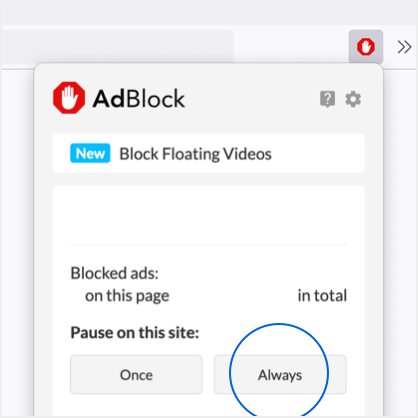
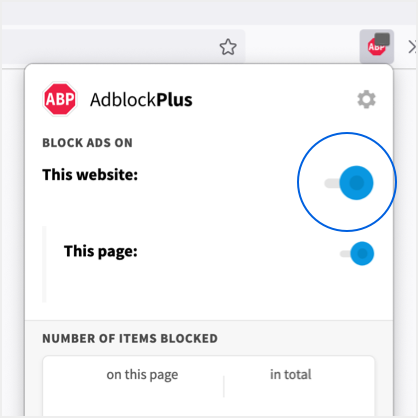
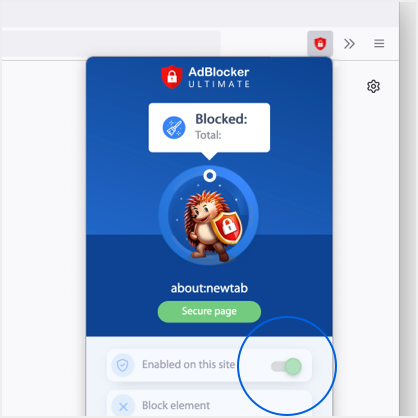
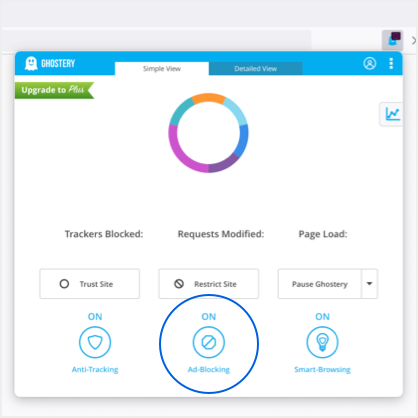
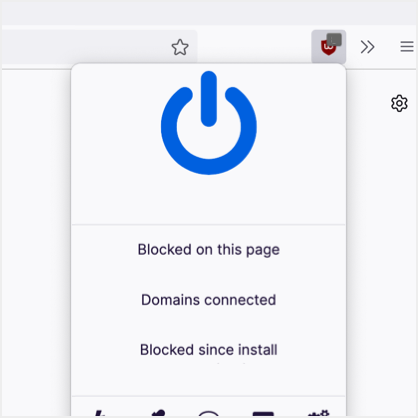
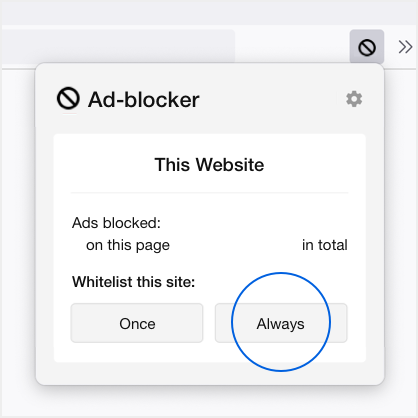
Photographer
Nayquan ShulerMake-Up
Karla HirkalerCreative Director
Danielle CombsEditor
Beatriz Ceita Da Costa